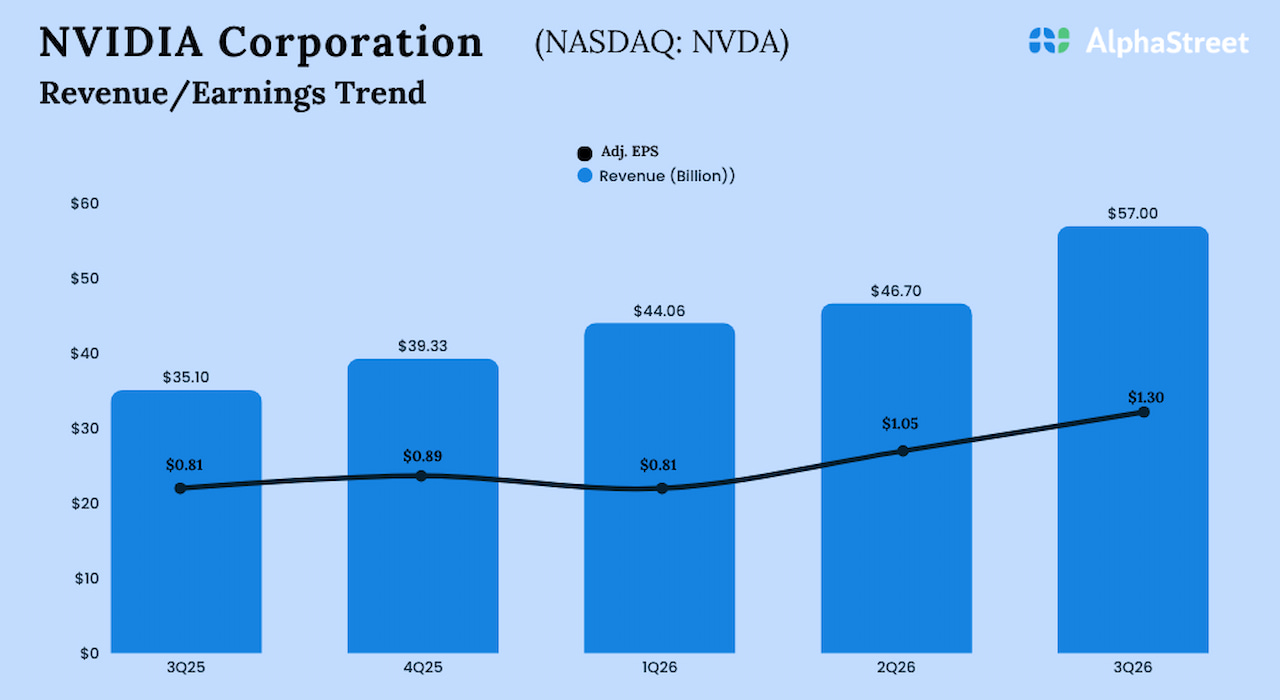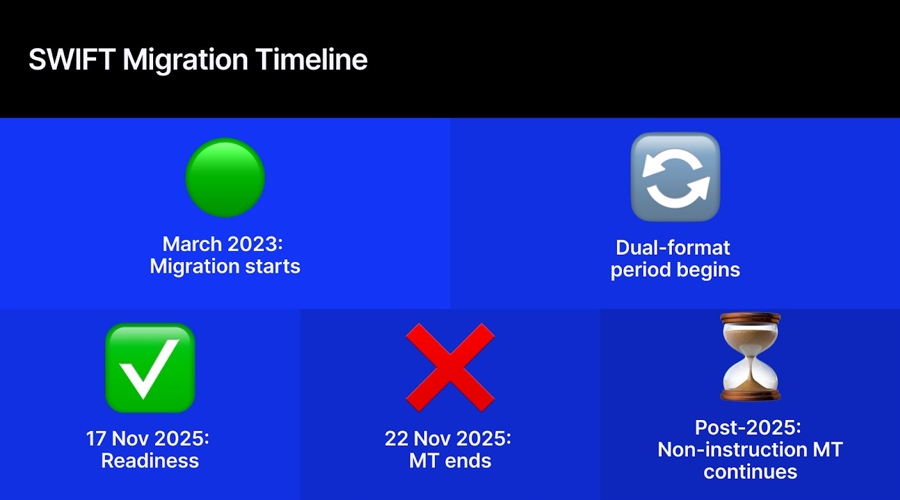What’s the most common mistake newbie investors make? No Little Johnny, it’s not backing up the truck on a stonk because a “community” of cheerleaders convinced you to, nor is it thinking a $5 stock is cheaper than a $100 stock. The mistake we see made most often is providing share price performance without utilizing a benchmark.
Benchmarks are the foundation of institutional investors who choose to either track them (passive investing) or beat them (active investing). For technology investors, a commonly used benchmark is the Invesco QQQ Trust (QQQ) which represents the top 100 stocks trading on the Nasdaq exchange. If you’re holding a stock that trades on Nasdaq, you might be stoked you’re up +300% over the past decade. In fact, you did poorly. That’s because the QQQ returned +360% over the same time frame. In other words, you took on company-specific risk while underperforming a well-diversified benchmark by 60%.
Stock picking becomes even more difficult when hype is driving stocks upwards. NVDIA’s year-to-date performance of +118% has been abnormal because the QQQ only returned +24% over the same timeframe. Compare that to a more relevant benchmark, the iShares Semiconductor ETF (SOXX), which returned +28% year-to-date. But while NVIDIA’s upward moves have been turning heads, most are ignoring the bigger picture growth NVIDIA has seen over the past decade – a 10-year return of over +8,000%.
Our piece on NVIDIA’s Growth is Stalling: Why We’re Not Worried talked about how NVIDIA’s recent revenue growth hiccups haven’t dissuaded us from staying long while we continue to trim this overvalued overweighted position. That’s our portfolio sorted, but what about investors on the sidelines with no exposure to the growth of AI hardware? If you want to invest in a leader, and that leader is currently priced at an extremely high valuation, what should you do?
NVIDIA is the clear early leader in the generative AI space as we estimate that 80% of all AI workloads are currently run on NVDA chips.
Piper Sandler analyst Harsh Kumar
AI Hardware
“As soon as it works, nobody calls it AI,” said John McCarthy, a scientist said to be one of the founders of AI. Along that same train of thought, should any chipset used to run an AI algorithm be considered “AI hardware?” Probably not. Currently, GPUs are the optimal hardware units used by AI algorithms. For example, some estimate that Microsoft’s ChatGPT deployment stack relies on 30,000 NVDA GPUs. With NVIDIA in the lead with an 80% market share for GPUs, behind them soaking up most the remaining share is AMD, a company whose accelerated push into AI looks a lot like what NVIDIA is doing. Since we only invest in leaders, AMD isn’t a company we’d consider investing in, but other investors may want to take advantage of the valuation gap. Here’s a look at the simple valuation ratio for both companies (note that AMD also has stalled revenue growth similar to NVIDIA).
- AMD = 173 / 21.4 = 8
- NVIDIA = 783 / 24.2 = 32
To put these numbers in perspective, our catalog average is six. We won’t invest in a company with a simple valuation ratio greater than 20, and typically look for ratios in the 10 range.
AMD and NVIDIA are today’s leaders, and even though some analysts believe that NVIDIA and AMD are “head and shoulders above everybody else,” technology has a way of sneaking up on leaders. Venture capitalists continue pouring money into AI chip startups, and presumably, NVIDIA’s R&D team is closely watching each one of them and advising the company when they ought to utilize some of their $13 billion in cash to acquire threats. Should investors believe that competition will come from mature constituents in the semiconductor industry that can’t be acquired, one approach might be just to invest in the broader semiconductor industry.
Semiconductors and the Growth of AI
You’re probably beginning to wonder what the growth of AI means for the total addressable market (TAM) for GPUs. So are we, because the wild range of numbers being thrown around immediately lead to analysis paralysis. Firms like NVIDIA that have already captured a great deal of market share need to convince investors there’s more upside. For example, check out this graphic from the recent NVIDIA investor deck.

A trillion-dollar market opportunity for NVIDIA seems intuitively high when you consider that $1 trillion is the total amount of global spending on cloud computing predicted by 2026, or the entire size of the global semiconductor industry by 2030.

Semiconductor growth can be broken down into verticals with 70 percent of growth predicted to come from just three industries: automotive, computing and data storage, and wireless. “Computing and data storage” includes AI chips, so presumably this growth contribution will increase – at least temporarily – to accompany all the generative AI companies being funded site unseen. If NVIDIA’s fearless leader is right, and all companies will run their own AI factories, then growth should even be stronger. Still, that’s just one component of a much larger semiconductor industry. In other words, investing in semiconductor stocks as a group won’t give you much exposure to the growth of artificial intelligence, generative or otherwise.
Software Eats AI Hardware
The emergence of ChatGPT has some investors believing the entire semiconductor industry will be transformed by the demand for semiconductors to train AI algorithms. NVIDIA’s leadership in this space has shares seeing new highs, while others speculate about the potential growth for competitors like AMD. Investors ought to ask themselves just how much has changed since McKinsey & Company produced the above chart just over a year ago. Sure, the emergence of LLMs will result in lots of demand for training chips, but the semiconductor industry is much bigger than just a single type of chip. It’s also changing rapidly, which means today’s favored chip might be tomorrow’s antiquated legacy product. This presented retail investors with a predicament, one that might be solved by investing in software, not hardware.
Just over three years ago we published a piece titled Invest in Many Types of AI Chips With One Stock which looked at how a company called Synopsys (SNPS) was touting AI as a growth driver, having implemented the technology half a decade ago as a way to build better chips.
In June 2018, Synopsys unveiled their “AI-enhanced Digital Design Platform Bringing Artificial Intelligence to Design Implementation” which means machine learning is now being used to help design better AI chips quicker. The machines have now begun working on themselves.
Credit: Nanalyze
Since we last looked, Synopsys has continued their growth streak as a leading provider of electronic design automation (EDA) software (65% of revenue).

After 35 years of developing software to design better semiconductors, Synopsys is now using AI to take their platform to the next level. Samsung used Synopsys DSO.ai to design their next-generation Exynos chips, and the first generation of AI from Synopsys could explore 1090,000 possible ways to place and route a chip. Then came the second-generation AI platform which can potentially reduce the design phase from months to weeks.
Dr. de Geus shared data from applying this second-generation AI to real design cases, demonstrating an astonishing 28% power reduction – that is over a full manufacturing technology node worth of scaling – by managing the exploration of many choice-points the chip design team could consider across this massive search space.
Credit: Forbes
And that was several years ago. Today, over 100 chips have been designed by Synopsys AI algorithms with companies realizing up to “a 25% drop in power requirements and a 3x productivity increase for engineers.” The Holy Grail would be personalizing chips, something that could deliver 1,000X better performance and energy efficiency. AI-powered software starts chip designers down that path.

Some Final Thoughts
Even as we continue trimming our bloated NVIDIA position, semiconductors remain well represented in our tech stock portfolio with names like Teradyne (TER) and SolarEdge (SEDG) bringing our total semiconductor industry exposure to around 17%. There’s no need for another semiconductor holding, though we’d likely start accumulating Synopsys as replacement exposure for semiconductors if we ever exit NVIDIA. At a simple valuation ratio of 11, Synopsys could be considered a bit rich compared to our catalog average of six. That is, unless you consider that AI software used to build better AI chips is the way forward, and that value proposition should command a premium. Either way, we wouldn’t add shares until we did a comparison between Synopsys and their closest competitor, Cadence (CDNS). That’s the next piece in this AI chip series, so stay tuned.
Conclusion
When even NVIDIA bulls are considering selling NVIDIA, it’s clear things have become overheated. Could anyone justify purchasing shares of NVIDIA right now in the face of all this AI hype? Probably not, but then fear of missing out (FOMO) enters the room, and investors start to think they’re missing the boat on AI hardware growth. It may be tempting to invest in the semiconductor industry using an ETF like SOXX, but you’re not getting enough pure-play exposure to the AI opportunity given the size of the semiconductor industry. Perhaps the answer is to invest in the AI algorithms that are designing better chips at a pace that’s never been seen before.
Tech investing is extremely risky. Minimize your risk with our stock research, investment tools, and portfolios, and find out which tech stocks you should avoid. Become a Nanalyze Premium member and find out today!







































